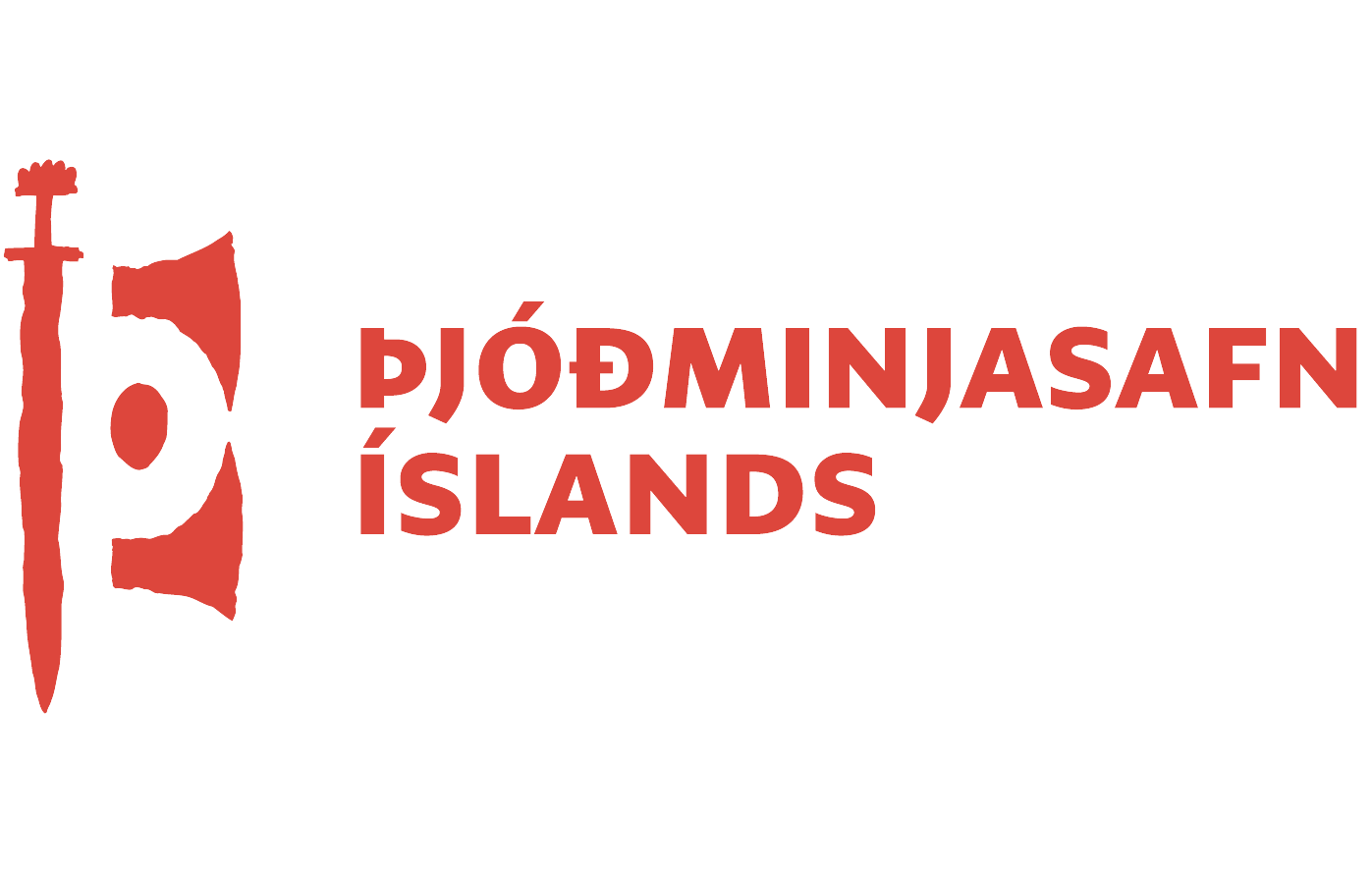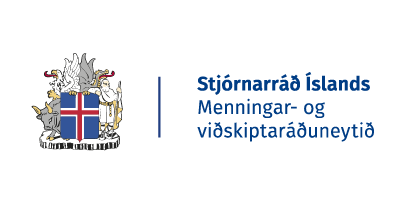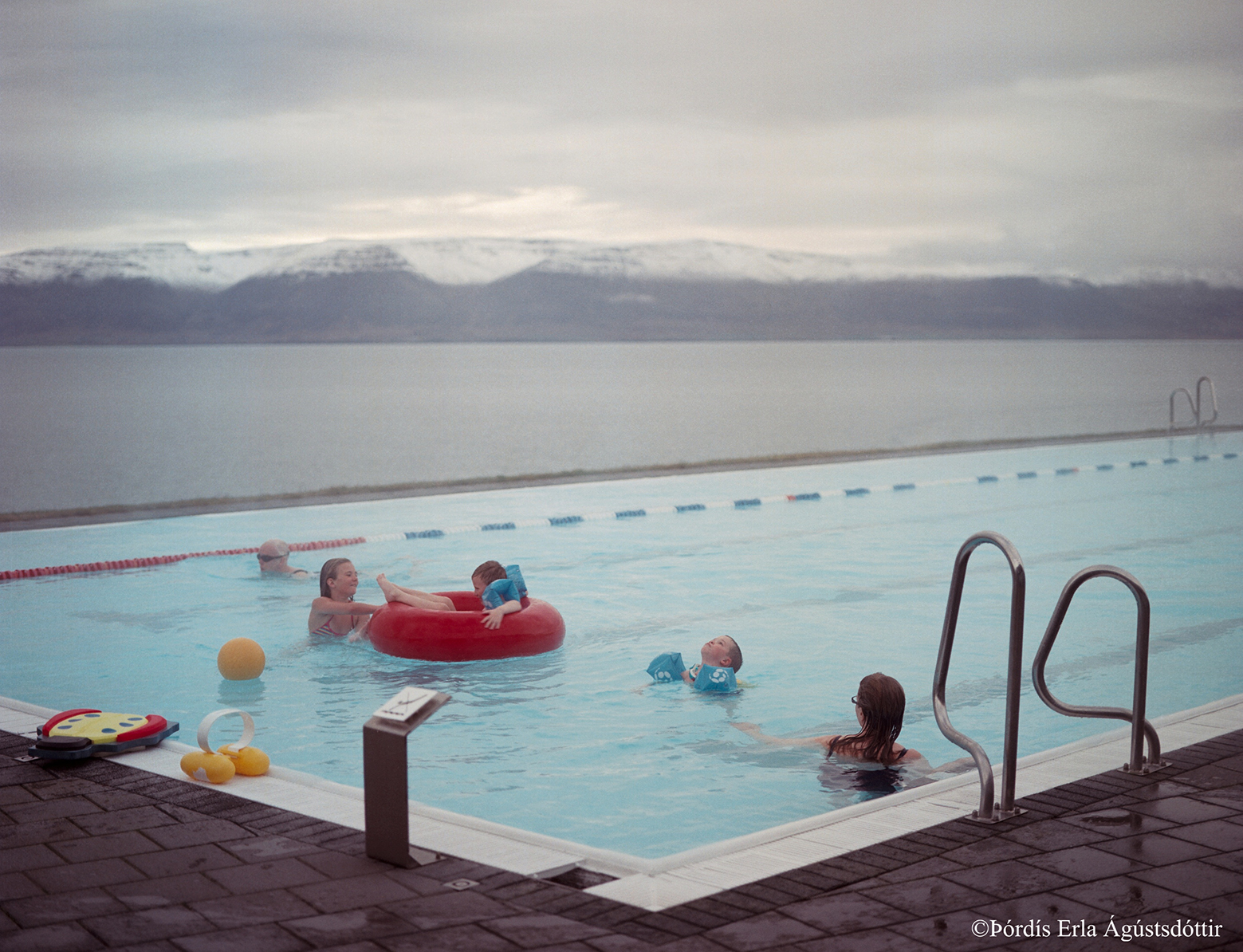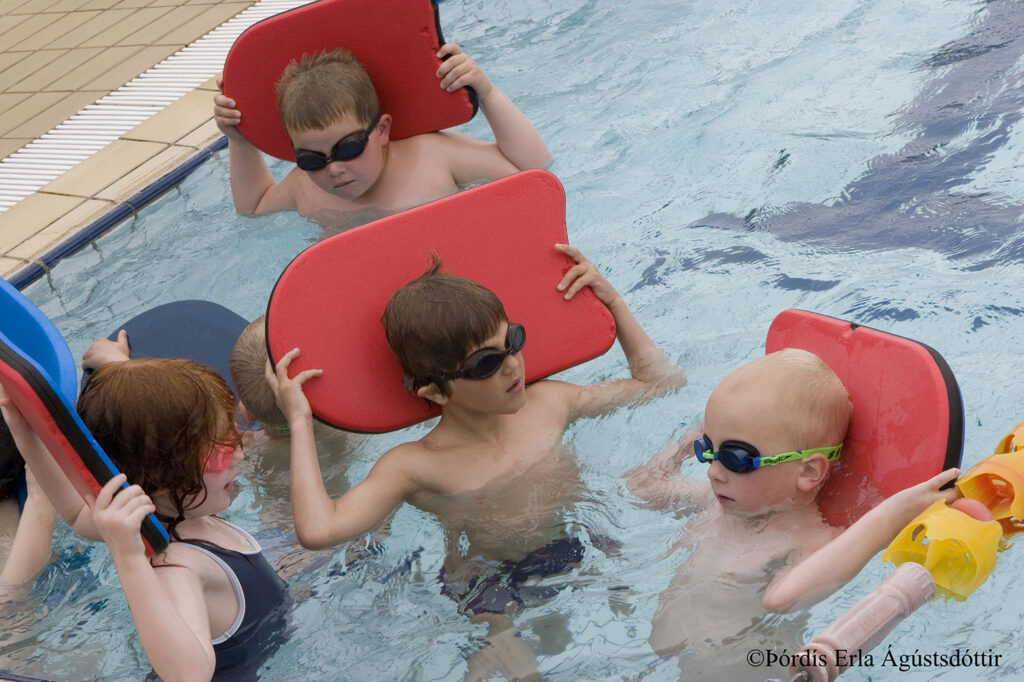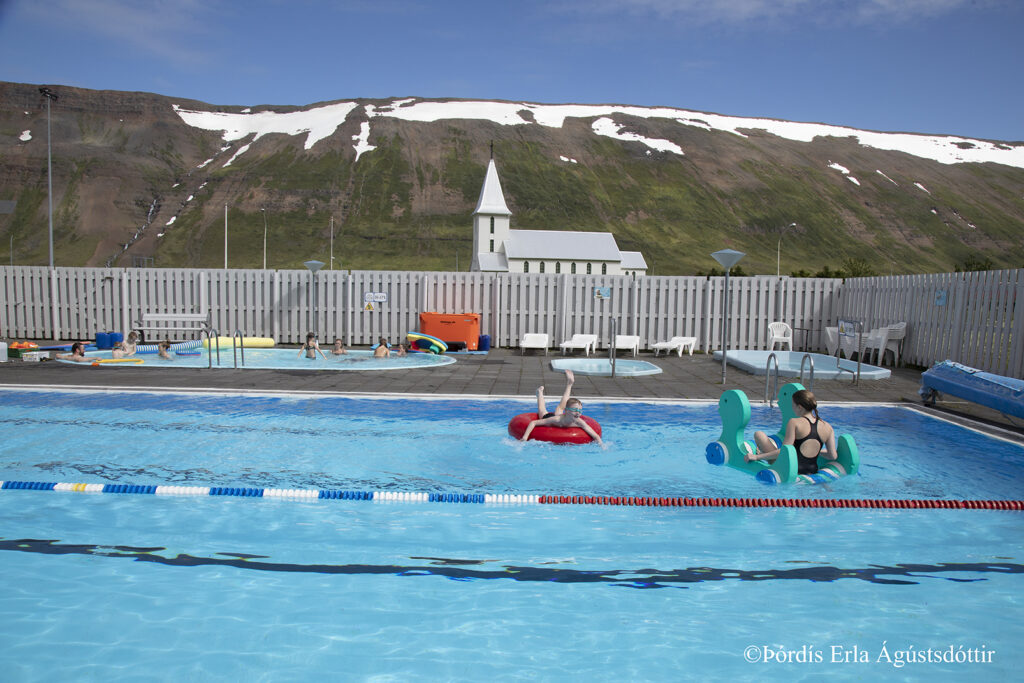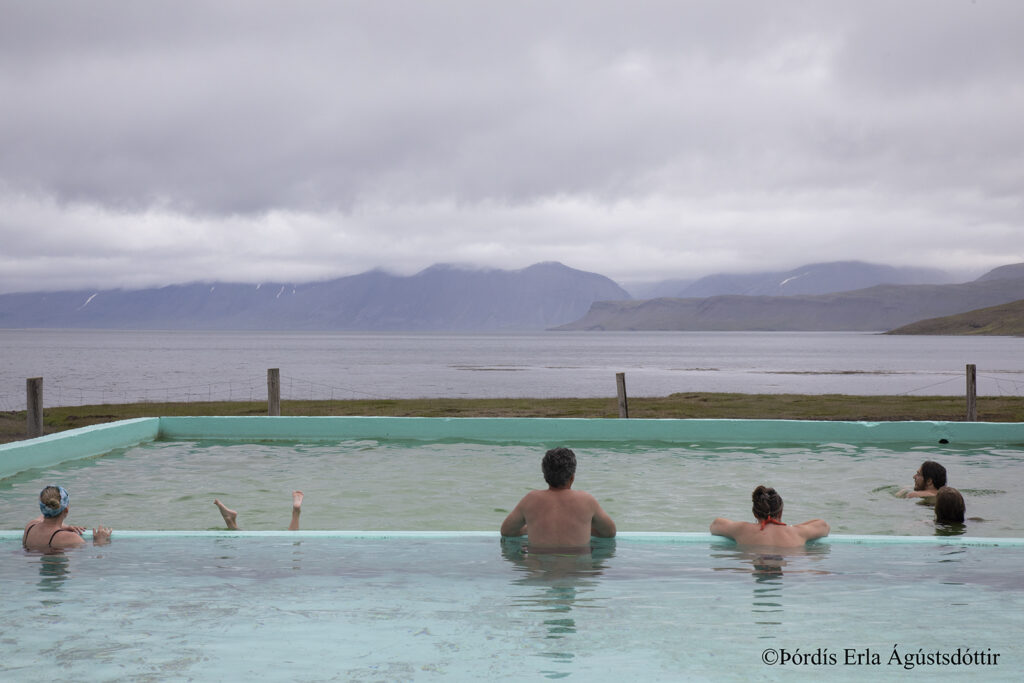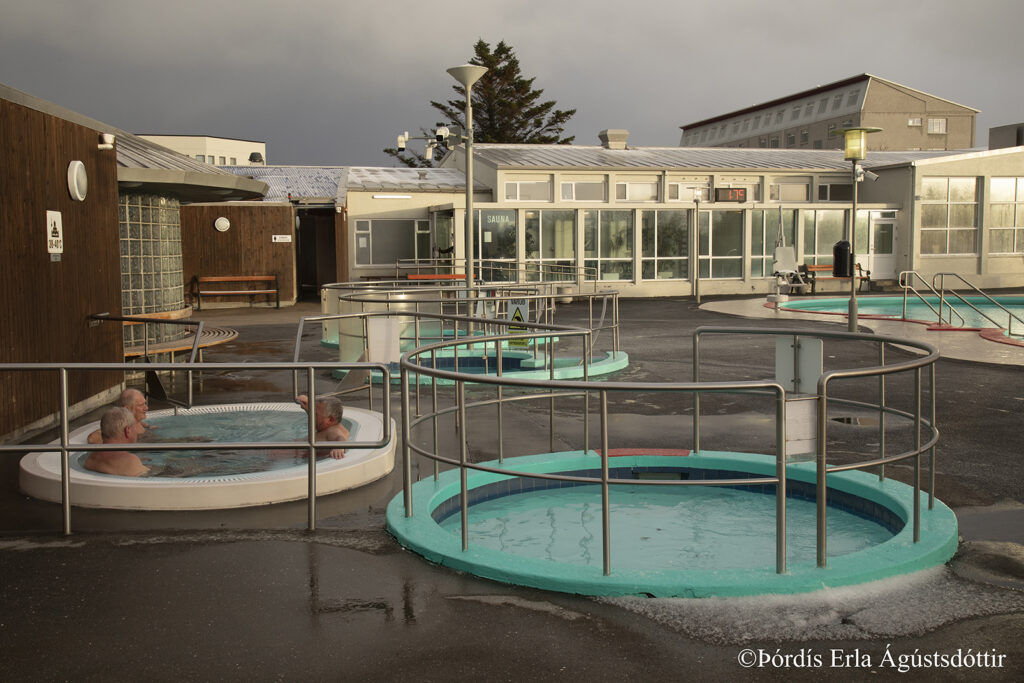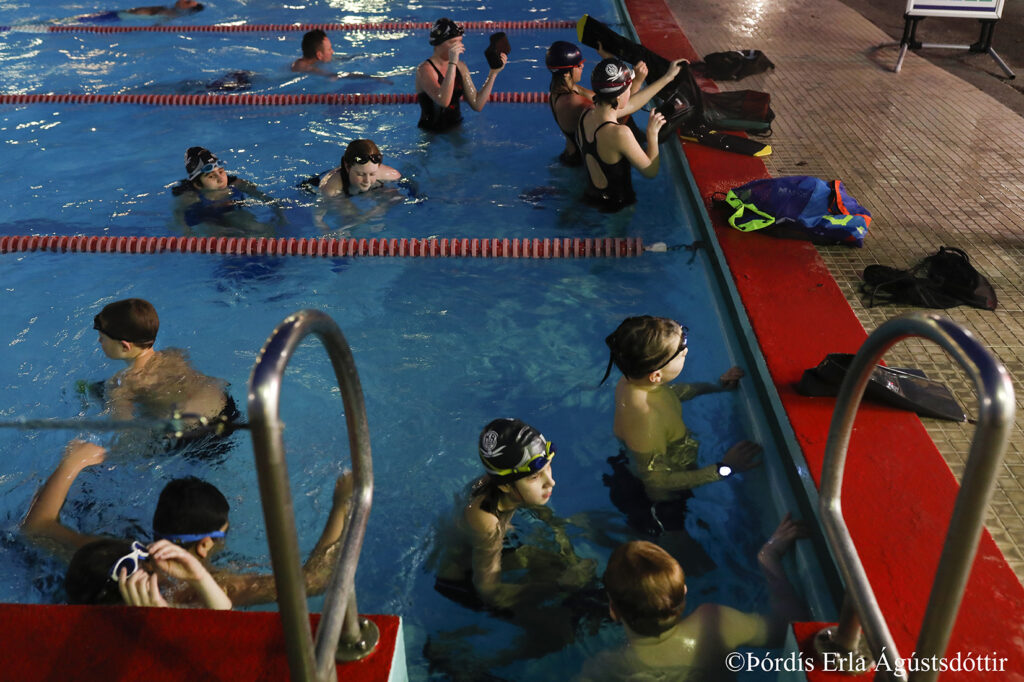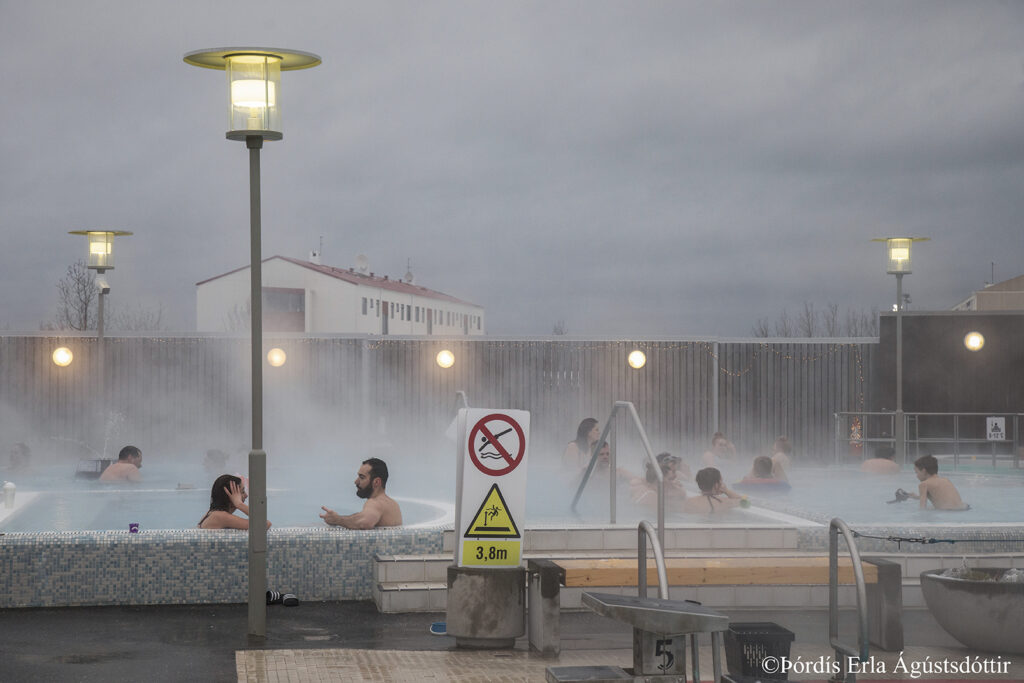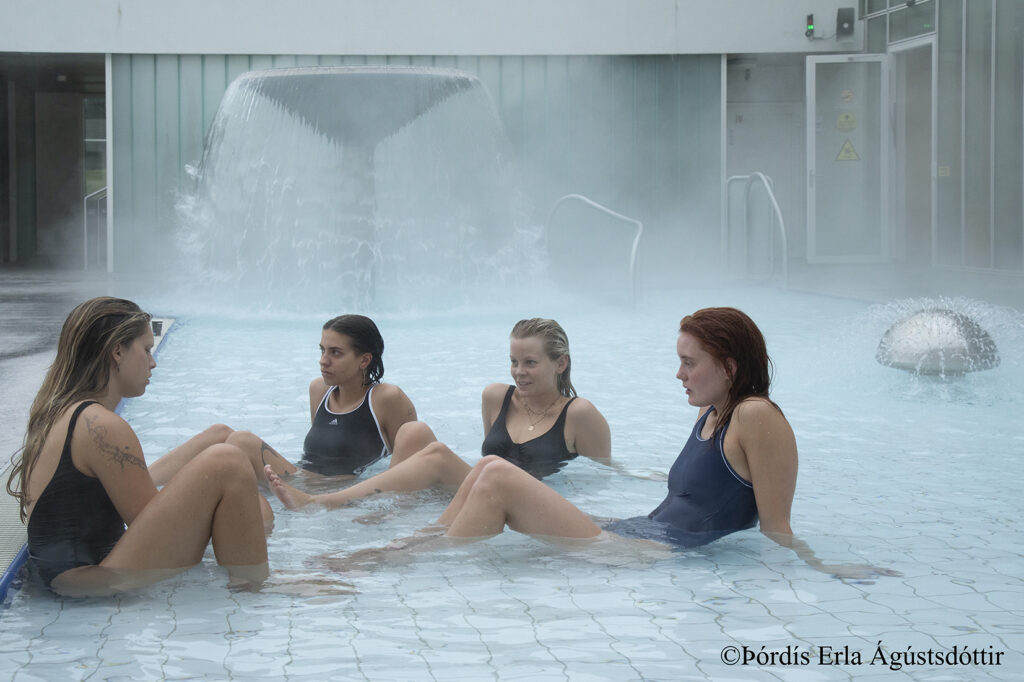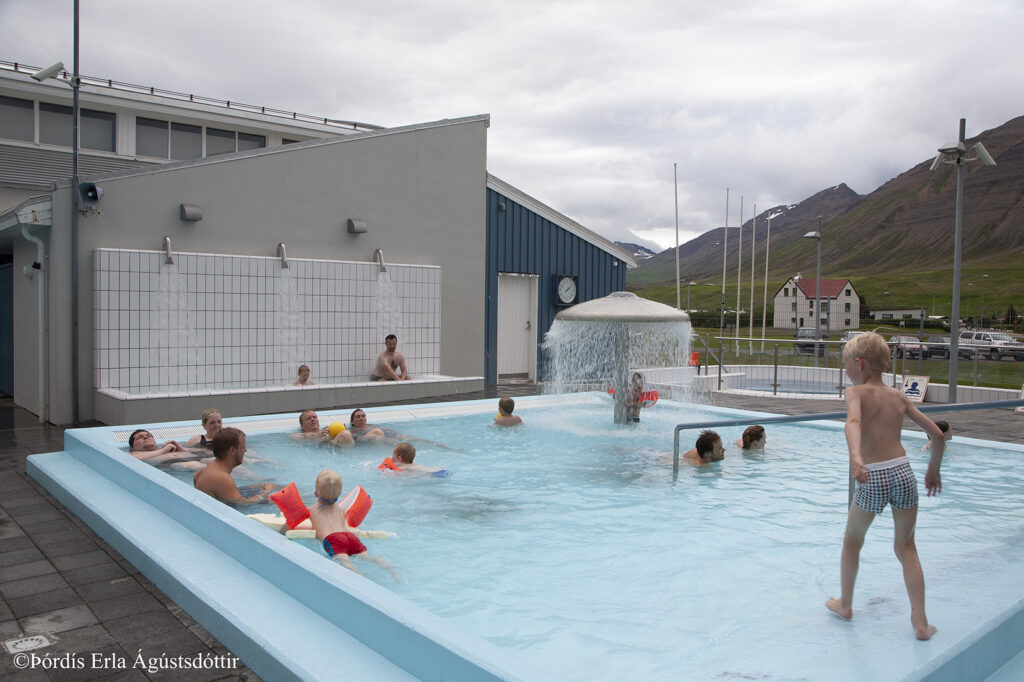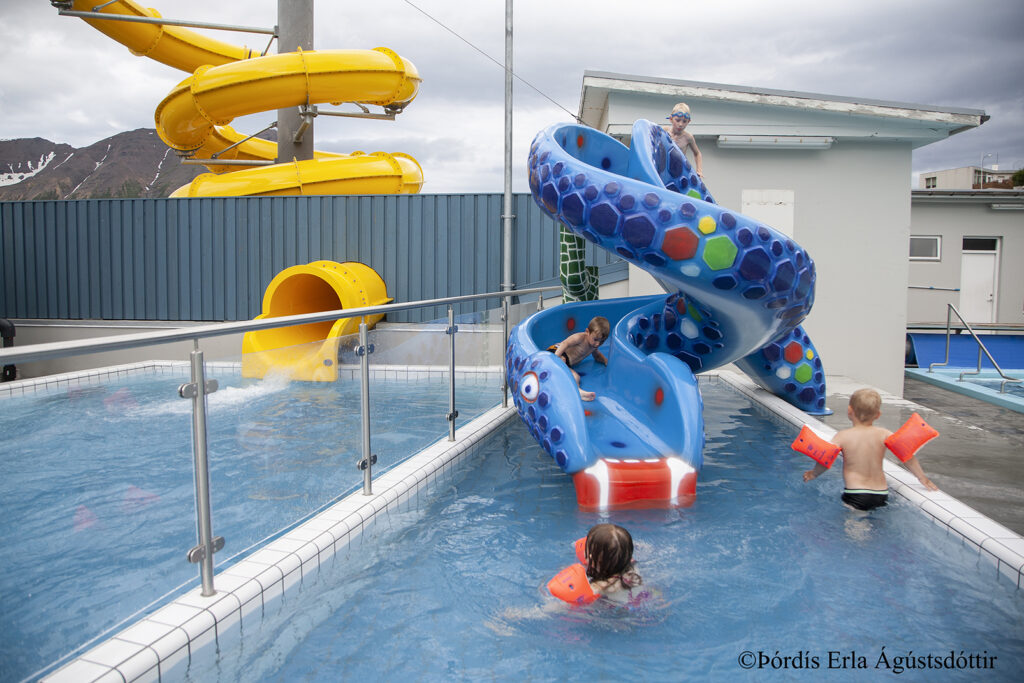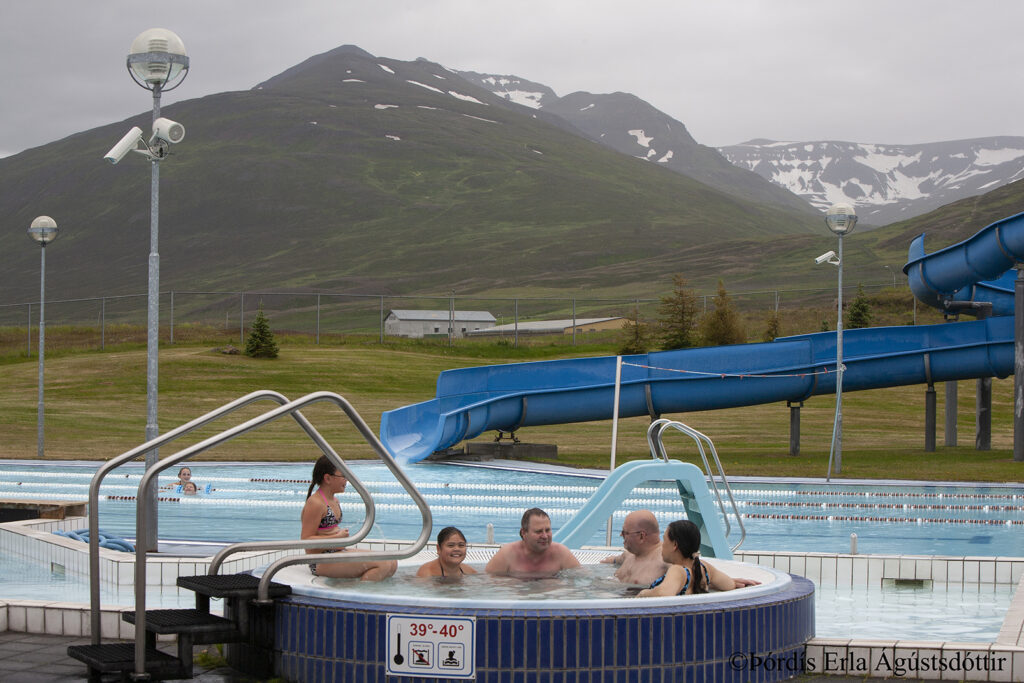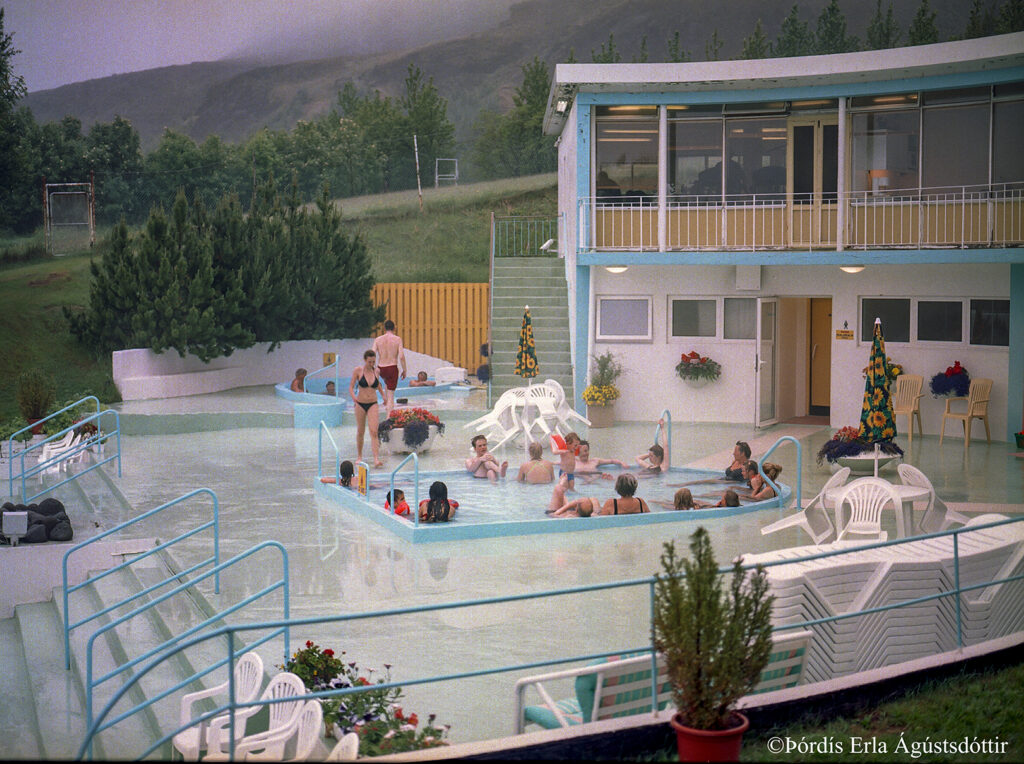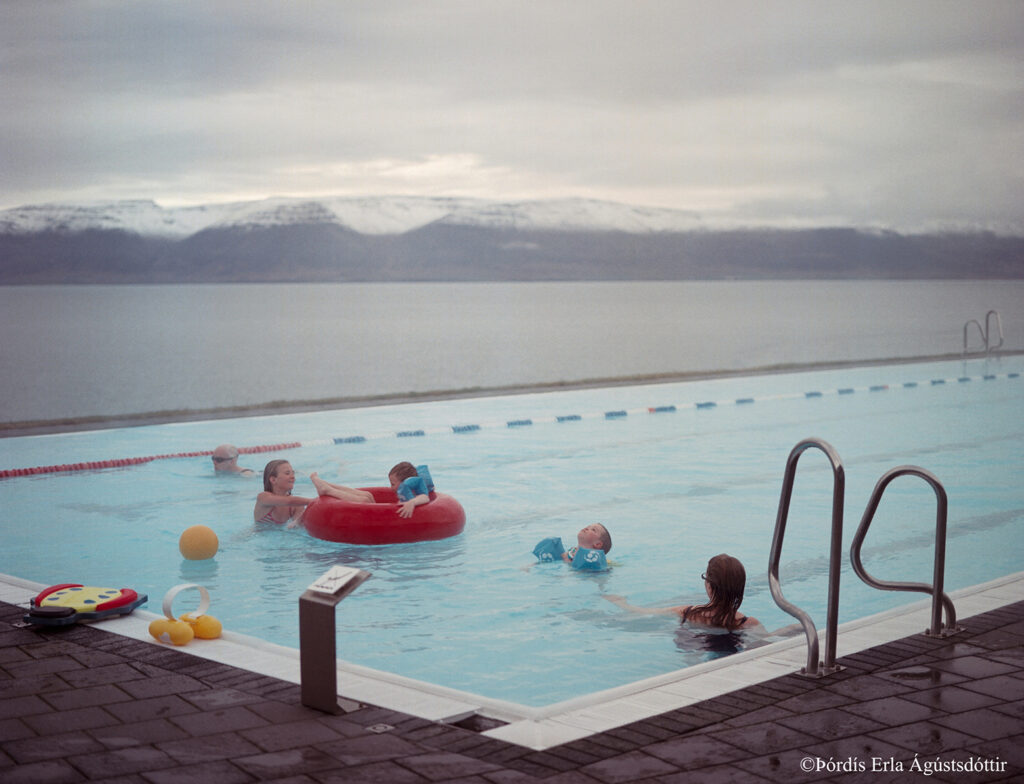Swimming Pool Culture – Every Day Culture
Most people in Iceland grow up going to the public swimming pool on a regular basis. Going to the pool can be a part of leisure activities of families or individuals, who go to the pool for exercise, to enjoy the company of others, for the feeling of wellness and relaxation or for fun and play. People in Iceland go to the public swimming pool for different reasons, but most consider them as a part of the basic service municipalities provide in Iceland.
Going to the public swimming pool is a part of everyday culture in Iceland and the pools are considered public spaces where it is possible to enjoy the company of other people, creating a sense of community, while others seek peace and solitude in this relaxing environment.
Varied Experience
The tradition to go to the public swimming pool is practiced by many people living in Iceland all year around but it varies how often people go and for what reason. Some people go daily while others only show up for special occasions f.eg. during travels around the country or to enjoy time with their families. When going to the swimming pool, it is first necessary to choose which pool to go to, gather the appropriate equipment (f.eg. swimming clothes and a towel) and go to the location of the swimming pool. After paying admission, visitors go the locker room where they undress and put their clothes into a locker or on a hanger. After that visitors enter the shower area, clean themselves with soap and put on their swimming clothes. Parents are responsible for that their children adhere to the rules of conduct and in the locker rooms and shower stalls of public swimming pools there are usually signs that indicate in several languages how the body should be cleaned before visitors put on their swimming clothes and head to the pool area. Regulars at public swimming pools in Iceland often have their favourite place in the locker rooms, their favourite locker or hanger and they seek out the same shower in the shower stalls.
When the visitors reach the pool area, there are several activities to choose from. Many public swimming pools in Iceland offer a pool for swimming, play pool and waterslide for children, hot tubs and steam baths for relaxation, cool tub for health benefits, and areas where visitors can sit down and enjoy the sun. Public swimming pools in Iceland are all unique and offer a diverse experience for their visitors, depending on the design and environment of the pool. After their stay in the pool area is finished, visitors go back to the locker room, shower and take of their swimming clothes before drying and dressing themselves. Then each visitors heads their own way.
From Swimming Revolution Towards Wellbeing and Comfort
The use of natural geothermal pools has always been a part of people’s lives in Iceland. Historical sources refer to people going to warm pools to wash, have fun and enjoy the warmth. It is f.eg. mentioned in manuscripts from 13th and 14th century that people “have gone to the pool “, “been in the pool “and “been at the pool“. It is not known how common this tradition was or how old it is. The most famous of these old pools is probably Snorralaug (Snorri´s pool) which is situated in Reykholt. The pool bears the name of the great poet Snorri Sturluson, the author of Snorri´s Edda /Prose Edda.
In the Travel Book of Eggert Ólafsson and Bjarni Pálsson, where Eggert and Bjarni recount their travels in Iceland in the years 1752 – 1757, they describe some of these natural pools and add that there are many more pools in the country. So many, in fact, that they are uncountable. In their descriptions it seems that these natural pools were used for health benefits: to bathe in, for medical use and relaxation. They even mention that people drank the warm water because of its healing powers. Today, archaeological traces of these old pools exist. Sources from the 19th century suggest that people used suitable pools for swimming lessons though it was not common.
At the beginning of the 20th century, a swimming revolution took place in Iceland, where new ideas about physical fitness and cleanliness changed the views of Icelanders about swimming. This development coincided with realization about the importance of swimming in regard to safety. At the beginning of the century only one of two hundred Icelanders were able to swim. Even though the number of people who drowned in the sea or in lakes and rivers each year was high there were very few who knew how to swim. At the same, towns were forming around the island by the seaside which were connected to the growing fishing industry. The need for more safety for fishermen thus became more apparent and swimming lessons were introduced as a part of those safety arrangements. In the year 1884, the first swimming club was established in Reykjavík and the first concrete pool was built in Laugarnes in Reykjavík in the year 1908.
New ideas about the body were also gaining popularity in Icelandic society and the Youth Association was one of the main factors in promoting these new ideas. The Youth Association emphasized the importance of agriculture, establishing national identity, and promoting physical health and arts.
The Youth Association clubs established around the country at the dawn of the 20th century led the building of swimming pools around the island, most which were built through voluntary work, but some were funded by the government. The aim was to use these swimming pools to provide swimming lessons for children in the surrounding area. The water in the pools was drawn from hot springs or warm water sources and often built in rural areas, depending on the locations of the hot springs. In cold areas, with no geothermal springs, swimming lessons for children were held in cold lakes, rivers or ponds.
In 1925, the Icelandic parliament permitted municipalities to obligate young people to take swimming lessons and in 1940 the government decreed that all schoolchildren in Iceland should learn how to swim. Emphasis was placed on teaching children breaststroke and backstroke, rescue swimming and first aid. The conditions for children’s swimming lessons varied greatly around that time, from cold natural pools to grand buildings like Sundhöllin in Reykjavík which opened in 1937. Sundhöllin was the first swimming hall in Iceland that could compare to buildings in neighbouring countries in terms of quality. During those first decades of the swimming revolution in Iceland, health, physical fitness, and cleanliness was emphasized. Around the middle of the twentieth century, the Icelandic public began to view swimming differently and the swimming pools around the island began to change as well. The design of the swimming pools and subsequent use of the visitors started to revolve more about the social aspect of the swimming pool, playfulness, wellbeing, and comfort. When the swimming pool Vesturbæjarlaug in Reykjavík opened in 1961, the hot tub became a part of the swimming pool culture in Iceland and has been essential to the culture since then. Since that time play pools for children have also become a part of the design of public swimming pools as well as steam baths, waterslides, and hot tubs with water massage spouts.
The Swimming Pool as a Public Space
Majority of adults living in Iceland go swimming and many of them on a regular basis. The participation of children in the tradition is also considered great since children at elementary school age are obligated to learn how to swim.
People in Iceland consider the swimming pools as public spaces open to everyone, where guests participate in their own way. Most visitors adhere to certain rules of conduct when communicating with other, something which could be labelled as the unwritten rules of the swimming pools. Although partial nudity belongs to the swimming pool experience, people tend to respect the bodies of fellow pool visitors by keeping appropriate distance between bodies, looking at other people at eye level and choose appropriate space within the pool area based on different activities. Children have specific spaces for play, for instance, while the hot tubs serve as a social space where people sit and engage in various discussions or try to enjoy being in the warm water and relax. Sun benches and shallow pools provide opportunities to enjoy the sun. Most visitors pick up on these unwritten rules by simply being there on a regular basis, many from a very young age. The swimming pools themselves are designed for swimming but many of them have a specific lane that can be used for play. Swimming pools in Iceland are in many ways a unique social space where different groups within society meet, from children to the elderly, and where each group is considered to have an equal right to be there. To be in and enjoy the company of others, as well as wellbeing, are often the main reasons for why people go to the swimming pools. Being in the pool provides both physical and mental experience, a feeling of solitude but also being with other in this warm and unique public space.
Groups that meet in the pools are part of Icelandic swimming pool culture. Groups of the elderly frequent the swimming pools all around the country where they come together for exercise and being together. Children show up after school with or without legal guardians (after the age of 10), searching for fun and play with other children, while adults use the swimming pools to meet up with friends and loved ones, go on a date, show themselves and see others, discuss life, and relax in the warm water after a long day at work. Many people swim as part of their daily ecxercise routine and maintaining good health. Foreigners also visit the pools and participate in the public space. People in Iceland welcome them as participants and most tourists have positive experience of visiting the pools, although rules about showering without bathing suit before entering the pool area can be difficult for some visitors to accept. For that reason, some swimming pools provide private locker rooms for those who do not want to undress in front of other people.
For Your Own Reasons
The tradition of going swimming is practiced over the whole country or where public pools can be found and open to everyone. Approximately 120 public swimming pools and other places for bathing are to be found in Iceland. Toddler swimming lessons are available at various locations as well as pool gymnastice for the elderly. School children have their swimming lessons during school hours. At different sports clubs across the country people can practice competive swimming. However, most people enter the pool with their own agenda: for exercise, wellbeing or social interaction. At some places pools are open to everyone free of charge (even around the clock and without any surveilance) but these pools are often the oldest swimming pools in Iceland and were built by the Youth Associations belonging to each quarter of the country in the early twentieth century. They stand as monuments of the past but are dear to people in Iceland at the same time, as a reminder of the great contribution of their ancestors to the swimming revolution at the beginning of the twentieth century.
Sources
Katrín Snorradóttir og Valdimar Tr. Hafstein (2023). Sund. Reykjavík: Mál og menning.
Katrín Dröfn Guðmundsdóttir (2017). Áhrif sundlauga: Líðan, upplifun, hegðun. Óbirt BA‒ritgerð: Háskóli Íslands, Félagsvísindasvið.
Ólafur Ingibergsson (2018). Baðhús og borgaralegt siðgæði: Félagslegar umbætur eða dulbúið vald?Óbirt BA‒ritgerð: Háskóli Íslands, Félagsvísindasvið.
Örn Daníel Jónsson, Ólafur Rastrick (2017). „Enjoying the outdoor pool in a cold climate“. Geotherm Energy, 5:2.
Örn Daníel Jónsson (2009). Geothermal living. Reykjavík: Háskólaútgáfan.
Katrín Snorradóttir (2021). Læra, leika, njóta: Þróun og einkenni sundlaugamenningar. Óbirt MA‒ritgerð: Háskóli Íslands, Félagsvísindasvið.
Katrín Snorradóttir (2013). „Það er bara andlegt og líkamlegt meðal að fara í sund.“ Upplifun sundgesta af laugarferðum og samanburður á einka- og almenningslaugum. Óbirt BA‒ritgerð: Háskóli Íslands, Félagsvísindasvið.
Þjóðminjasafn Íslands, Þjóðháttasafn (2013). Þjóðhættir. Spurningaskrá 119. Sundlaugamenning á Íslandi.
